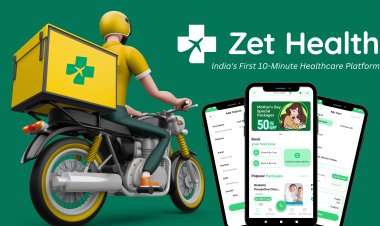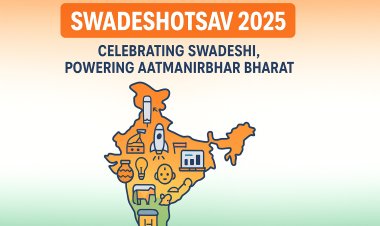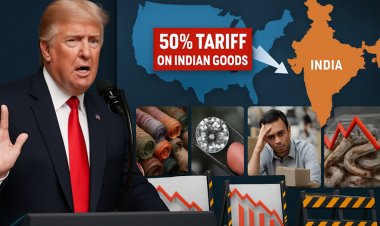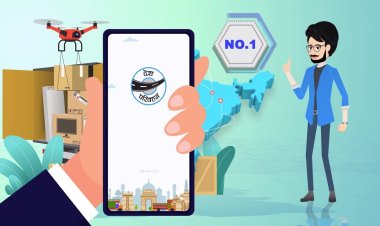The Price Monitoring System App : Safeguarding Consumer Interests in India
Discover how the Price Monitoring System App empowers consumers in India by providing real-time price tracking, ensuring transparency, and protecting consumer interests. Stay informed and make smarter purchasing decisions with our user-friendly app
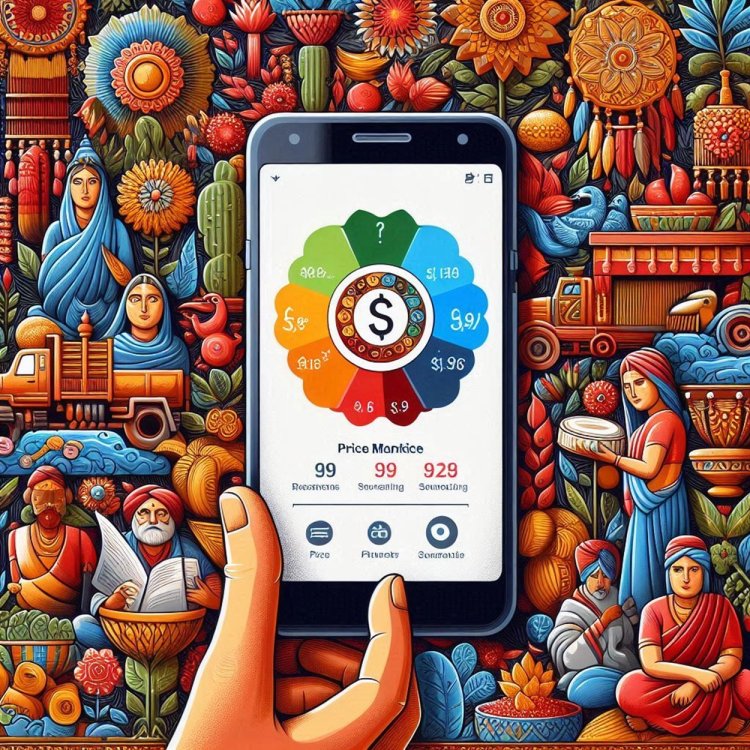
According to the Union Minister of Consumer Affairs, Food and Public Distribution and New and Renewable Energy, Shri Pralhad Venkatesh Joshi, ‘By launching the Version 4.0 Price Monitoring System (PMS) Mobile App here today, Consumer Affairs’ Department of India has included 16 additional commodities under Price Monitoring from 1st August 2024. Already 22 commodities were being covered under monitoring of daily prices. Thus in all there will now be a total of 38 commodities whose prices would be monitored.
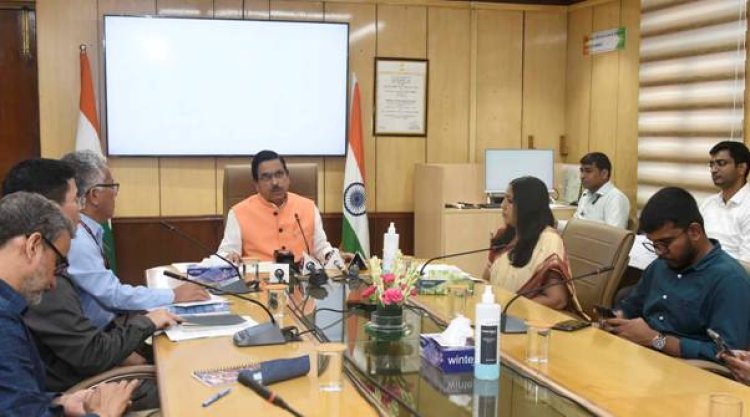
The Monitoring of price day after day from 550 stations in 34 states and UTs is done by the Department. The price information being observed by the Department gives early signals for governmental, RBI and analysts decision making towards CPI inflation. Among these 38 commodities close to 31% of all CPI weights belong to it as opposed to the 22 commodities contributing only 26.5% of them. Included in the list are new items such as: Bajra, Jowar, Ragi, Suji (wheat), Maida (wheat), Besan, Ghee, Butter, Brinjal, Egg, Black Pepper, Coriander, Cummin seed, Red chillies, Turmeric powder and Banana.
As of October 2023, the monitoring of daily food prices will consider more food items, which will assist policymakers in stabilizing food prices. It is also an indication of the government’s resolve with regard to the problems that consumers face when trying to buy essential goods.

It is to be noted that 1999 was the last time India experienced such high levels of inflation in food prices, which were over ten percent annually – a period also known as “the great Indian inflation”. The need for action was based upon projections made by various experts suggesting that if no measures were taken before long things would get really serious. Thus on behalf of this nation; they made sure they did everything possible within their power to bring back food onto our tables by the end of 2000. Finally these measures included: sale of Bharat Chana Dal at Rs.60 per kg; Bharat Atta at Rs.27.50 per kg and Bharat Rice at Rs.29 per kg in order to combat inflation on food prices Government of India has taken series of measures recently aimed at containing food price rise including selling Bharat Chana Dal at Rs60/Kg150 USD\MT219USDMT\i > (“What are you thinking about yourself?”).
You would like some type of event which generates profits even when people eat out too much? I will introduce tomato transactions with suggested retail price KSh 150; whereas starting July 29th 2024 fair authority will open up its market doors allowing people within their locality buy vegetables etcetera directly from farmers or through NCCF dealers .To avoid speculation during this period between June 21st29th 2004 there have been restrictions placed on stockpiling due to an epidemic outbreak observed previously before this date occurred through April until September.
This is also the reason why there is a buffer stock of 5 LMT being created so that it may be released during times of scarcity making sure that everyone can find it and buy it if they want it.
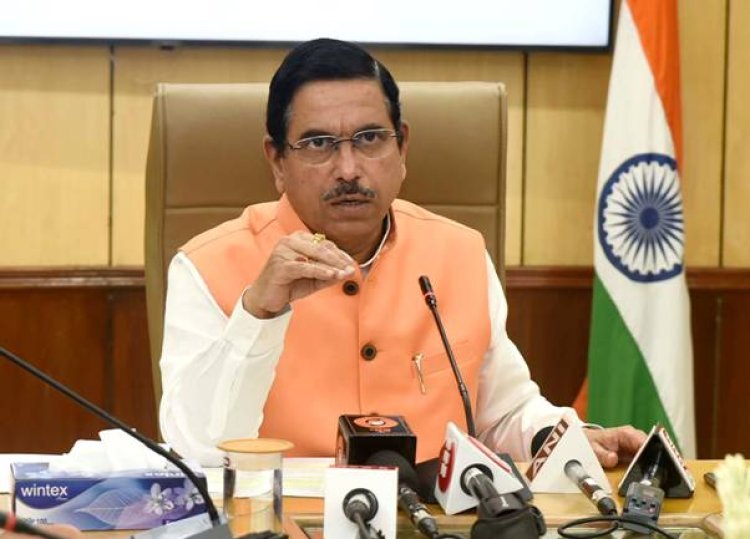
The government is seriously putting efforts into stopping hoarding. In its statement, the ministry said that stock limits have been imposed from June 21, 2024, to September 30, 2024, on Tur and Desi Chana. In order to increase the supply of these products in the country imports of pulses including Tur, Urad, Masur, Yellow Peas and Desi Chana have been allowed at zero duty. The Ministry of Consumer Affairs, Food and Public Distribution states that a buffer stock of 5 lakh metric tons (LMT) is being built for release during the lean months as a measure to ensure availability and affordability.
How To Use PMS Application?
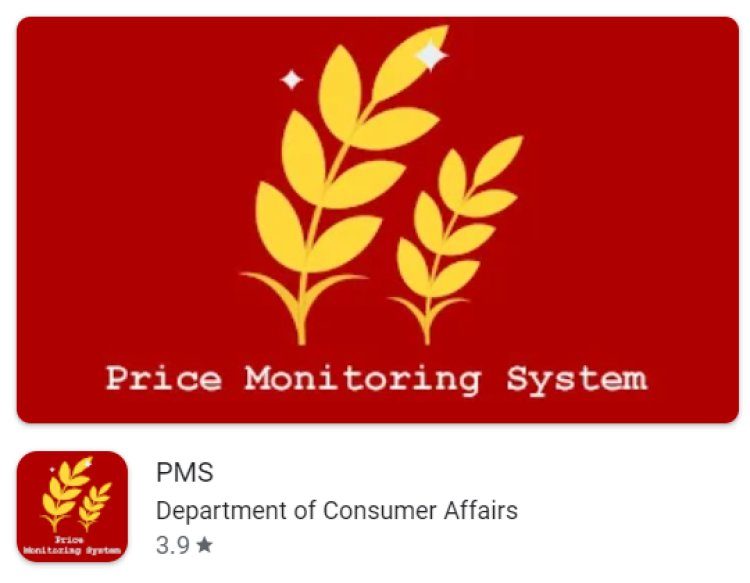
A Price Monitoring System (PMS) helps businesses to track the price changes of different products and services. This advantage allows them to manage their prices in such a way as to remain competitive, control their costs and be able to make informed decisions. Here is how you can use the Price Monitoring App effectively.
1) Choosing the Right PMS
Identify your needs Find out what do you want from a price tracking application. This encompasses the various products in question to be monitored, how many rivals there are and how often do you want new prices. Essential elements for consideration when selecting an application are those such as real-time monitoring, competitor analysis, historical data, alerts/notifications, and incorporation into your pre-existing systems or equipment.
2) Setting Up the PMS
Account Creation, You need to sign up for an account on the PMS platform. Generally, this requires providing the details of your business and selecting a pricing plan. Initial Configuration, Configure the app according to your preference. In this case, it may involve defining competitors, setting up a product catalogue and specifying the markets that you want to watch over.
3) Adding Products and Competitors
The training information was collected before October 2023. Loading Product Data, To do this, upload your product records onto the PMS. Usually, this operation can be performed with the help of a CSV file or directly connected to your e-commerce platform. Identifying Rivals, Write down the names of companies whose prices you would like to follow. Include their web site addresses or product URLs in the box.
4) Customizing Monitoring Parameters
Price Thresholds, Creation of thresholds for price movements. This assists in receiving notifications when the price of a competitor falls below or exceeds a particular amount. Monitoring Frequency, Decide on the frequency at which you want the application to verify prices. Current prices updates can be done every hour, every day, or once a week.
5) Using Dashboards and Reports
Get a glimpse of where the prices are based on what is seen on the dashboard. Average prices as well as highest and lowest prices plus trends are part of it. Reports that have a lot of details, In this regard, detailed reports may be created which would help understand how pricing strategies change with time. It will enable you to see some trends and make wise moves. Dashboard Overview, Use the dashboard to get a snapshot of the current pricing landscape. This includes average prices, highest and lowest prices, and trends. Detailed Reports, Generate detailed reports to analyse pricing strategies over time. These reports can help in identifying patterns and making strategic decisions.
6) Setting Alerts and Notifications
All the information you will ever need can be found in one place, as per your requirements. This is a great way to track price changes. You can get alerts anytime through email or SMS as they happen. You can also set up scheduled reports that provide continuing information on price changes and trends.
7) Analysing Data and Making Decisions
Competitor Analysis, Through investigating the gathered information about competitor’s prices strategies. You must identify recurring things such as discounts at regular intervals, seasonal pricing amendments, as well as promotional campaigns. Price Adjustment, Adjust your pricing in light of what has been learned previously. Make sure that you continue to offer prices that are competitive but still leave enough room for profits.
8) Integration with Other Systems
ERP and CRM Integration, Integrate your PMS with ERP (Enterprise Resource Planning) and CRM (Customer Relationship Management) for smooth running of systems. E-commerce Platform Integration, Link the PMS to the e-commerce platform for automatic price updates.
9) Security and Compliance
In data safety, It is imperative the application meets data protection systems. This comprises encoding, unquestionable entry controls and constant security reviews. Regulatory compliance, Agree that this app adheres to your area’s laws and regulations like the GDPR for example.
10) Continuous Improvement
Feedback Loop, With your team’s input constantly in mind, stay tuned on how well the app is doing, taking account its functionalities as well. Feature Updates, Regularly check on new features and updates released by PMS provider in order to take advantage of up-to-date software tools as well as their possibilities.
Those steps illustrate how to use the price monitoring system in making business decisions, this will ensure that prices remain competitive as well as provide information needed in evaluating the overall organization’s plan.
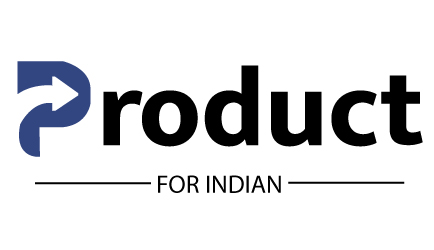
 Editor
Editor 









